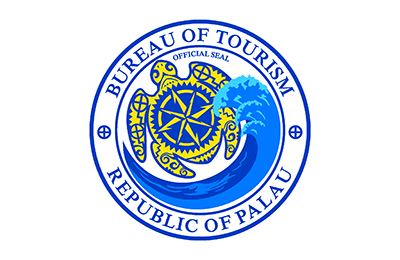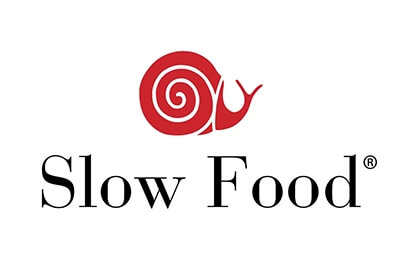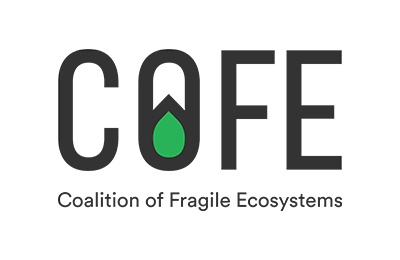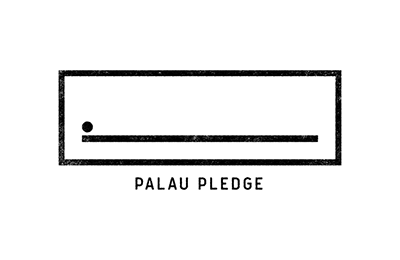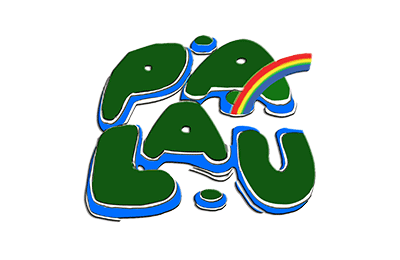The Pacific Island nation of Palau is a tiny, yet remarkable country characterized by surreal landscapes, pristine seas, and a long cultural history. The archipelago is made up of more than 340 lush green islands jutting out from the glimmering ocean, only nine of which are inhabited.
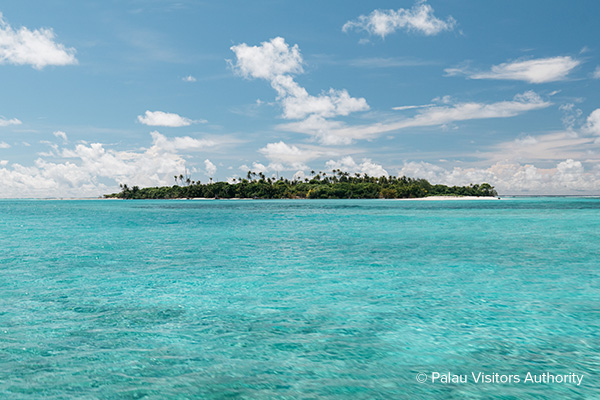
Remote and Secluded
Palau is truly a hidden island paradise. The archipelago is surrounded on all sides by the vast Pacific Ocean and is located 400 miles north of Papua New Guinea, 550 miles east of the Philippines, and 800 miles southwest of Guam.
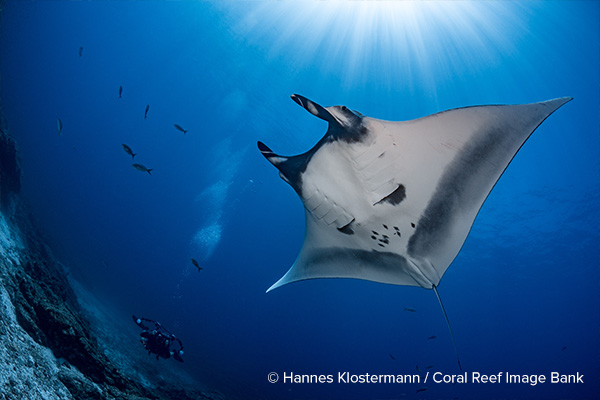
Pristine Marine Wonders
Palau’s waters teem with an abundance of marine life including over 500 species of coral and 1,300 types of fish. Thanks to its incredible natural beauty and biodiversity, Palau is considered to be one of the world’s top diving destinations.
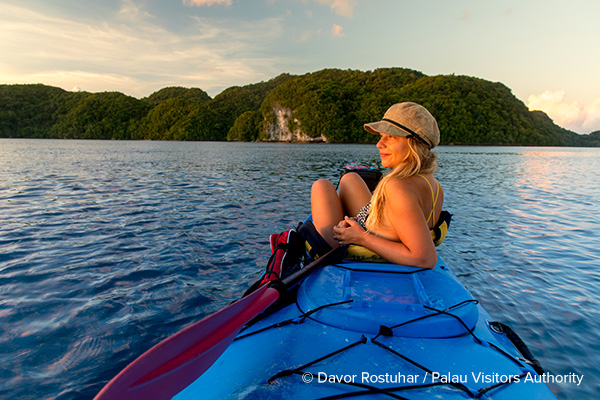
Dependent on Tourism
In 2019, 90,000 tourists visited Palau. That’s five times the islands’ population. Tourism is the country’s main source of income and provides vital jobs for local people. In total, it accounts for nearly a third of Palau’s GDP.
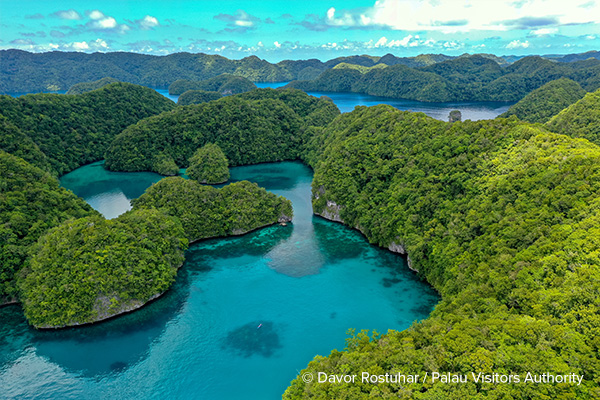
Commitment to Sustainability
Though Palau may be tiny, it is bursting with big, bold ambitions. Environmental stewardship has always been the way of the Palauan people who know that their country’s future depends on healthy reefs, jungles, and beaches.
Issues

Vulnerability to Climate Change
As a remote island nation, Palau is extremely vulnerable to the consequences of climate change. Rising sea levels and intensified tropical cyclones threaten to destroy houses, beaches, and infrastructure. Coral bleaching and acidic waters endanger the marine life that tourists come to see. Climate change is also expected to disrupt global supply chains, leading to food insecurity.
Learn more about how climate change is impacting destinations.

Carbon Footprint of
Tourism
Tourism depends heavily on fossil fuels and produces emissions that contribute to the climate crisis. Consider the carbon footprint of a vacation to Palau. Getting to the remote islands typically requires flying thousands of miles. Once in Palau, tourists generate CO2 by going on boat rides, turning up the AC, eating imported foods, and engaging in other activities.
Learn more about the activities that contribute to tourism’s carbon footprint.

Reliance on Imported
Food
Palau’s hotels and restaurants rely on overseas imports to feed their guests. In fact, 85-90% of the country’s food is imported from abroad. The importation of food and drinks produces carbon emissions and causes dollars to leave the local economy. Imported foods also tend to be more packaged and processed which contributes to waste management and health problems.
OUR ROLE
Palau Carbon Neutral Destination Program
With climate change a very real threat to Palau’s existence, Sustainable Travel International is implementing a project in partnership with Slow Food and the Palau Bureau of Tourism to help the archipelago become the world’s first carbon neutral destination. The project will combat climate change and boost community resilience by:
- Neutralizing tourism’s carbon footprint
- Improving the livelihoods of local food producers
- Increasing local food security
- Empowering women to participate more fully in the tourism value chain
- Conserving coastal ecosystems that act as carbon sinks
- Reducing food waste and building a circular economy
Our Approach

Strengthening Local Food Production
The project will build the capacity of local farmers, fishers, and other producers to produce high quality products and market them to tourism businesses.

Encouraging Sustainable Resource Use
The project is optimizing resource use by encouraging local producers to adopt sustainable agricultural practices and helping chefs make the most of local food products.

Promoting Local Foods
The project will reduce Palau’s dependence on imported foods and celebrate the islands’ gastronomic heritage by helping hotels and restaurants incorporate local ingredients into their menus.

Developing a Destination Carbon Calculator
We are creating an online platform that will enable tourists to calculate the carbon footprint of their trip to Palau, including flights, lodging, dining, excursions, and ground transport.

Including Women
Palauan women are heavily involved in production activities such as farming taro and vegetables, crab harvesting, certain forms of fishing, and producing honeys and jams. Attention will be given to further link these female producers to the tourism value chain.

Funding Conservation Projects
Visitors will be able to offset their carbon footprint by contributing to conservation projects. These projects will reduce emissions and boost climate resilience by protecting/restoring coastal ecosystems that act as blue carbon sinks and natural storm barriers.
Protect the Places You Love
Give back to conserve our planet’s most vulnerable destinations and empower the people who live there. Join the movement today.


